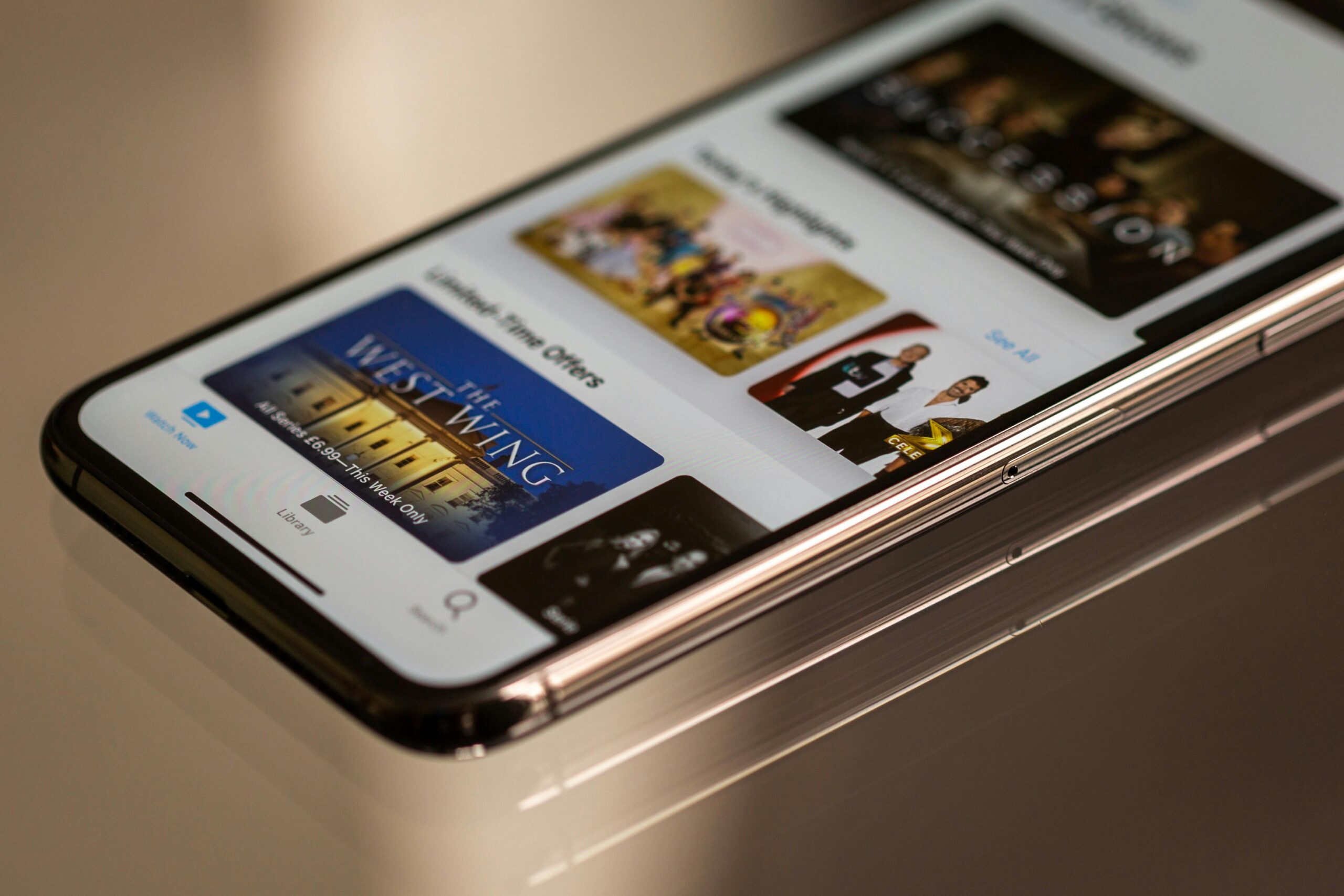Introduction: When Apps Don’t Need Installation to Spy on You
In 2025, mobile privacy attacks have taken a surprising new form—invisible apps. These are not your typical downloadable apps. Instead, they operate without ever being installed on your device. They exploit cloud-based services, mobile OS loopholes, and social engineering to monitor, track, and siphon data from smartphones silently.
This emerging threat redefines what it means to be “infected” on a mobile device, bypassing traditional app stores and antivirus scanners completely.
What Are Invisible Apps?
Invisible apps are:
- Cloud-hosted or server-driven programs that run code remotely interacting with your phone
- Exploit app sandboxing gaps to access camera, microphone, or location without app installation
- Use web-based exploits, progressive web apps (PWAs), or zero-permission hooks to start spying
- Manipulate background processes or system APIs to remain hidden from users and security software
How Do Invisible Apps Work?
- Remote Execution: Instead of installing locally, the app runs its main code on a cloud server but interacts with your phone via minimal scripts or webhooks.
- Exploiting WebViews and PWAs: Leveraging browser engines inside apps or standalone PWAs that don’t require permissions upfront.
- Abusing OS Features: Using background task APIs or notification channels to receive data and send commands silently.
- Social Engineering: Tricking users to visit malicious links that trigger invisible app sessions without installs.
- Silent Data Extraction: Collecting keystrokes, screenshots, location, and sensor data invisibly.
Why Invisible Apps Are Hard to Detect
- No app icon or entry in the installed apps list
- No permissions requested upfront
- Minimal network footprint, often encrypted
- Can masquerade as trusted web content or legitimate services
- Bypass conventional antivirus and firewall rules targeting installed software
Current Examples and Case Studies
- The CloudSpy campaign uncovered in early 2025 uses invisible apps targeting journalists by sending phishing SMS with malicious PWAs.
- Corporate espionage groups have deployed invisible apps within popular productivity apps’ WebViews to steal confidential data.
- Android’s background task flaws in versions 13 and 14 have allowed malicious websites to maintain persistent access for invisible app sessions.
Android vs iOS: Who’s Vulnerable?
| Aspect | Android (13-15) | iOS (17-18) |
|---|---|---|
| WebView Exploits | Frequent, especially on customized OEM builds | Limited but increasing |
| PWA Permissions | More relaxed, can access sensors | Stricter, requires explicit consent |
| Background Task Abuse | Easier due to fragmented updates | Tighter control but loopholes remain |
| App Store Oversight | Only for installed apps | N/A for invisible apps |
Invisible Apps and Your Privacy: What Can Be Taken?
- Contacts and call logs
- SMS and instant messaging content
- Real-time GPS location tracking
- Microphone and camera access
- Saved passwords and autofill data
How to Protect Yourself from Invisible Apps
- Avoid clicking suspicious links, especially in SMS or emails
- Use browsers and apps that sandbox WebViews securely
- Disable or restrict background app refresh and tasks
- Regularly audit your device’s permissions and app activity
- Use mobile threat defense solutions with heuristic detection
- Keep your OS and browsers updated to patch WebView flaws
FAQs
Q: Can antivirus apps detect invisible apps?
A: Most traditional antivirus apps struggle since there’s no installed package to scan.
Q: Are invisible apps related to spyware like Pegasus?
A: They share some techniques but differ as invisible apps avoid installation altogether.
Q: Is my iPhone safe from invisible apps?
A: Safer but not immune; iOS is tightening WebView and PWA controls continuously.
Why Invisible Apps Are the Next Mobile Privacy Frontier
Invisible apps represent the blurring line between web and native threats. As mobile OSs become more integrated with cloud services and web technologies, attackers exploit this convergence to hide malware in plain sight.
The traditional definition of “app” no longer applies—now it’s about how much control you allow background cloud-based code to have on your device.
Conclusion: Stay Vigilant in a Cloud-Connected World
Invisible apps underscore a crucial lesson: mobile security isn’t just about installed apps anymore. Your privacy depends on understanding what runs behind the scenes—both on your device and in the cloud.
Guard your phone by staying informed, cautious with links, and proactive with security updates. Invisible doesn’t mean harmless.



